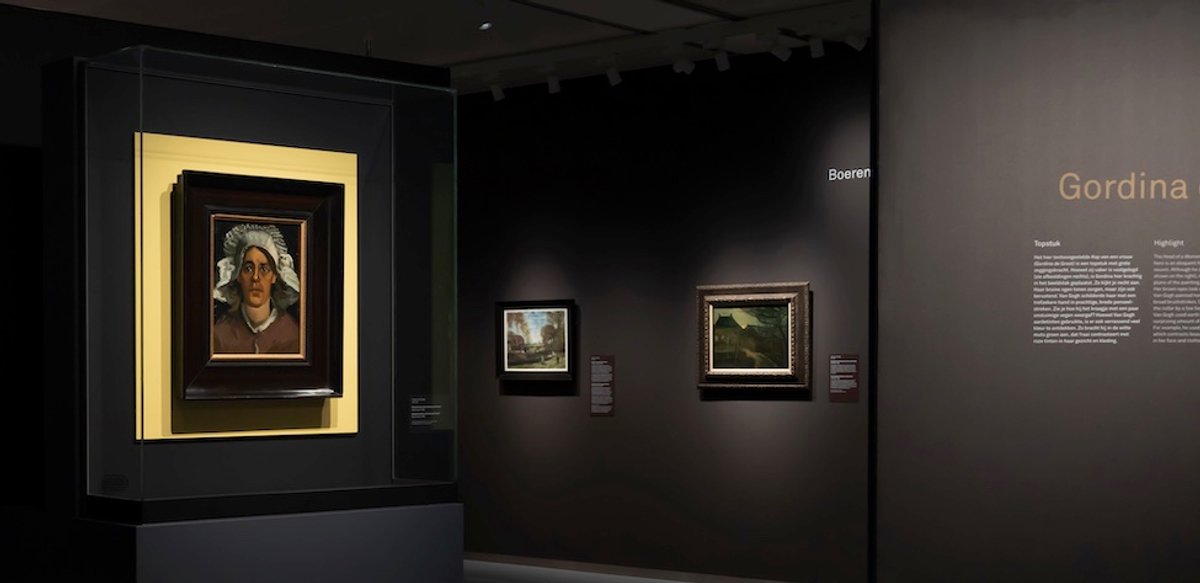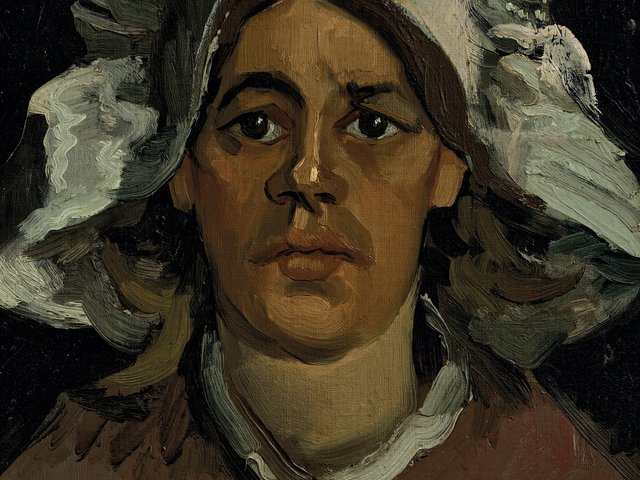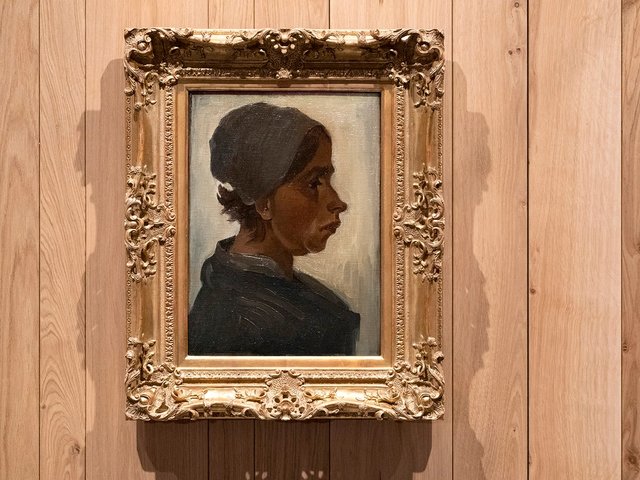The Noordbrabants Museum, in the south of the Netherlands, is hopefully set to acquire one of Van Gogh’s peasant studies. Head of a Woman (Gordina de Groot) (March-April 1885) is now on offer to it for €8.6m, providing the money is raised by the middle of August. The painting is currently on loan to the museum, which is in ’s-Hertogenbosch (Den Bosch).

Exterior of Het Noordbrabants Museum, ’s-Hertogenbosch
Het Noordbrabants Museum (photograph Joep Jacobs)
A museum spokesperson describes the current owner of Head of a Woman as “an English collector”. The painting came up at Christie’s in February 2023, estimated at £1m-£2m. Although the Noordbrabants Museum made a bid, the picture went higher, selling for £4.8m. Taking other costs into account (taxes, import duty and interest), the owner has now apparently spent around £5.5m (€6.5m).
It may come as a surprise that the anonymous owner is a “collector” (rather than a dealer or investor), given they are already willing to sell. The painting was said to be hanging in the family’s living room. The owner is asking for €8.6m, a mark-up of virtually a third.
The Noordbrabants Museum has already succeeded in raising €6m, from the Dutch state and several funding bodies. These include the Vereniging Rembrandt, Mondriaan Fonds, the VriendenLoterij and donations from the people of Brabant.
This leaves €2.6m to be raised. Having obtained three quarters of the required sum, it is likely, but by no means certain, that the Van Gogh will be acquired.

Van Gogh’s Head of a Woman (Gordina de Groot) (March-April 1885)
Private collection, on loan to Het Noordbrabants Museum, ’s-Hertogenbosch
The painting was done in Nuenen, the village where Vincent was living with his parents in 1883-85, when he was in his early thirties.
Jacqueline Grandjean, the museum’s director, regards the work as highly symbolic of the southern Dutch province: “Gordina’s gaze betrays hard work on the land and the worries that come with it. Her look therefore has a deep meaning for people in Brabant. Anyone who looks into Gordina’s eyes is touched. We speak of her as the Mona Lisa of Brabant.”
During Van Gogh’s stay in Nuenen there were scurrilous rumours that he had got Gordina pregnant. Grandjean rejects this suggestion, saying: “In the portrait she must already have been pregnant. Who was the father? That is a well-kept Nuenen secret.” Gordina’s son was born in October 1885, seven months after the painting, but no father is named on the birth certificate.
Assuming Head of a Woman (Gordina de Groot) is successfully acquired, the painting will be a key work in an exhibition next year at the Noordbrabants Museum on The Potato. This will pay homage to Van Gogh’s early masterpiece The Potato-Eaters (April-May 1885). For his picture of five family members around their dinner table, the artist began by making studies of what he called “heads of the peasants”.
For the full painting of The Potato-Eaters he did a rough initial version, which is now at the Kröller-Müller Museum in Otterlo, in preparation for the final work, now at Amsterdam’s Van Gogh Museum. Van Gogh also made a lithograph after the picture. It has not yet been announced which of the two paintings will hopefully be the centrepiece of the Noordbrabants show.
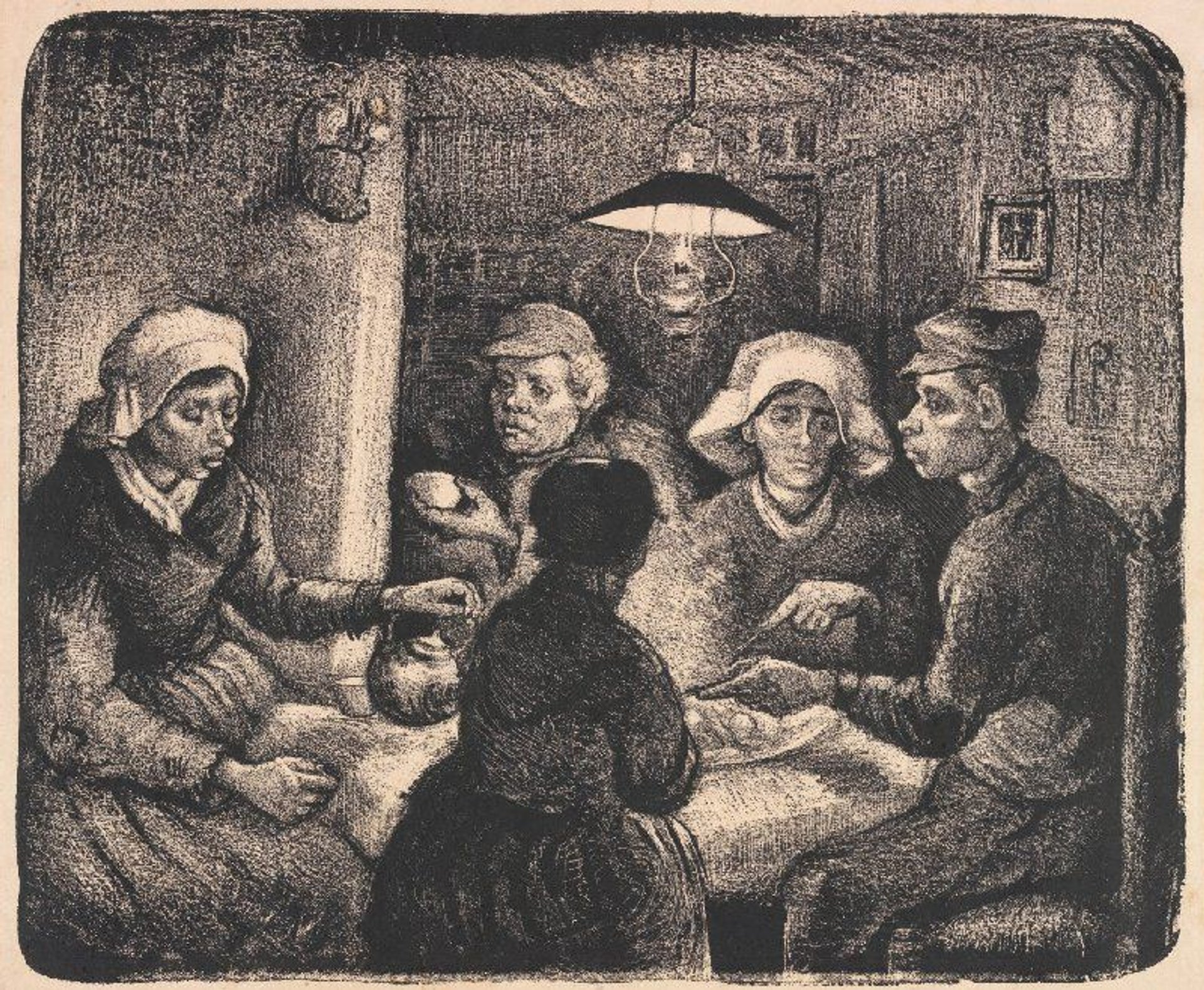
Van Gogh’s lithograph of The Potato-Eaters (April 1885), with Gordina de Groot towards the right in the print
Van Gogh Museum, Amsterdam (Vincent van Gogh Foundation)
The Noordbrabants Museum also hopes to tour Head of a Woman to other museums in the region, subject to security and environmental considerations.
It is now unusual for any museum to buy a Van Gogh painting, because prices have risen so high. In 2007 the National Gallery of Ireland bought Rooftops of Paris (spring 1886) for £900,000.
Dutch museums have had more successes. In March this year, Rotterdam’s Boijmans van Beuningen Museum acquired Still Life with Potatoes (winter 1886-87) for an undisclosed sum. The Drents Museum and the Van Gogh Museum jointly bought Peasant Burning Weeds (October 1883) for $3.1m in 2019.
The Noordbrabants Museum has done particularly well, buying four Van Gogh paintings since 2016. These include another depiction of a peasant woman (not Gordina), Head of a Woman (February-March 1885), which was bought privately through Christie’s in 2020 for €1.6m. The museum now has the only display of Van Gogh’s art in Brabant, the province where he was brought up and where he later worked in Nuenen.
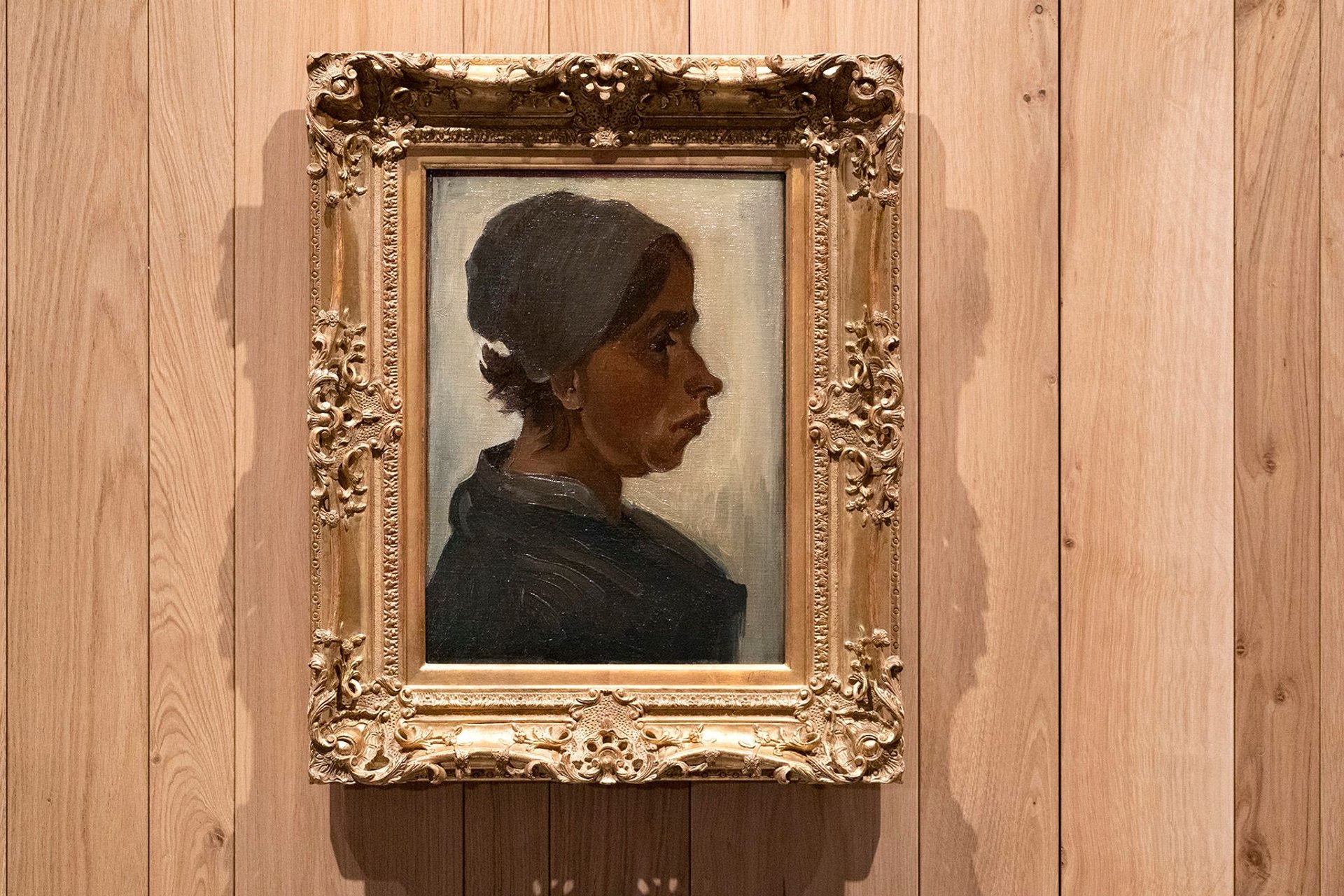
Van Gogh’s Head of a Woman (February-March 1885), bought in 2020 for €1.6m
Het Noordbrabants Museum, ’s-Hertogenbosch


